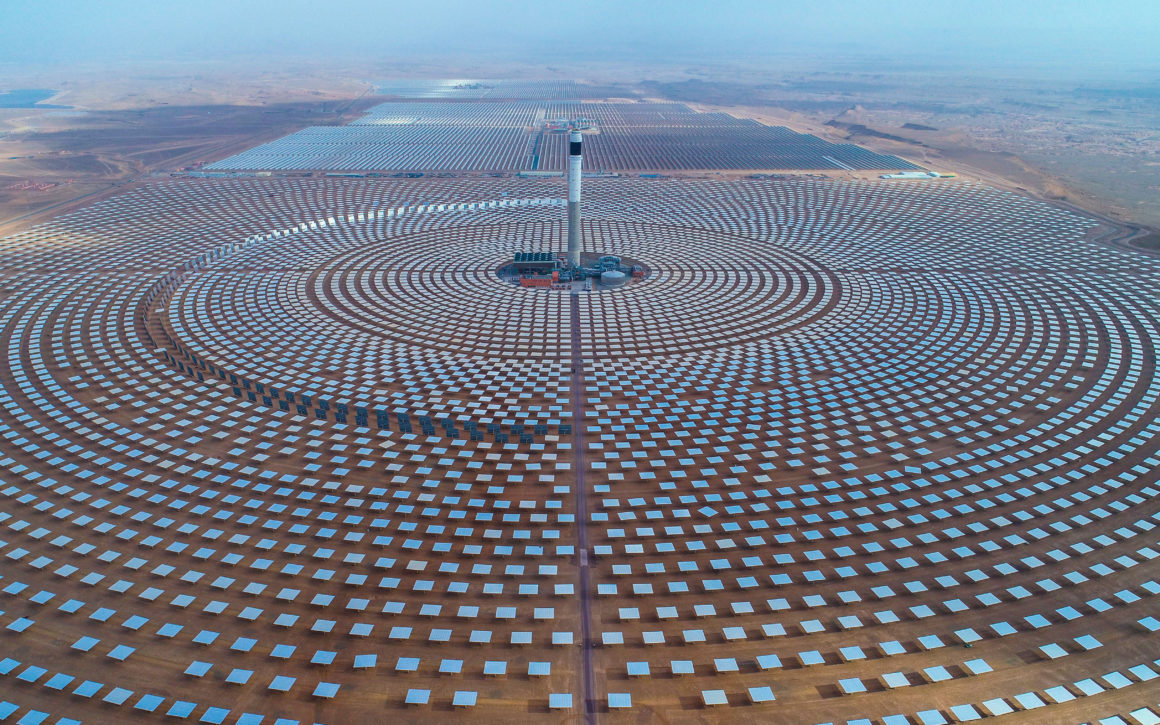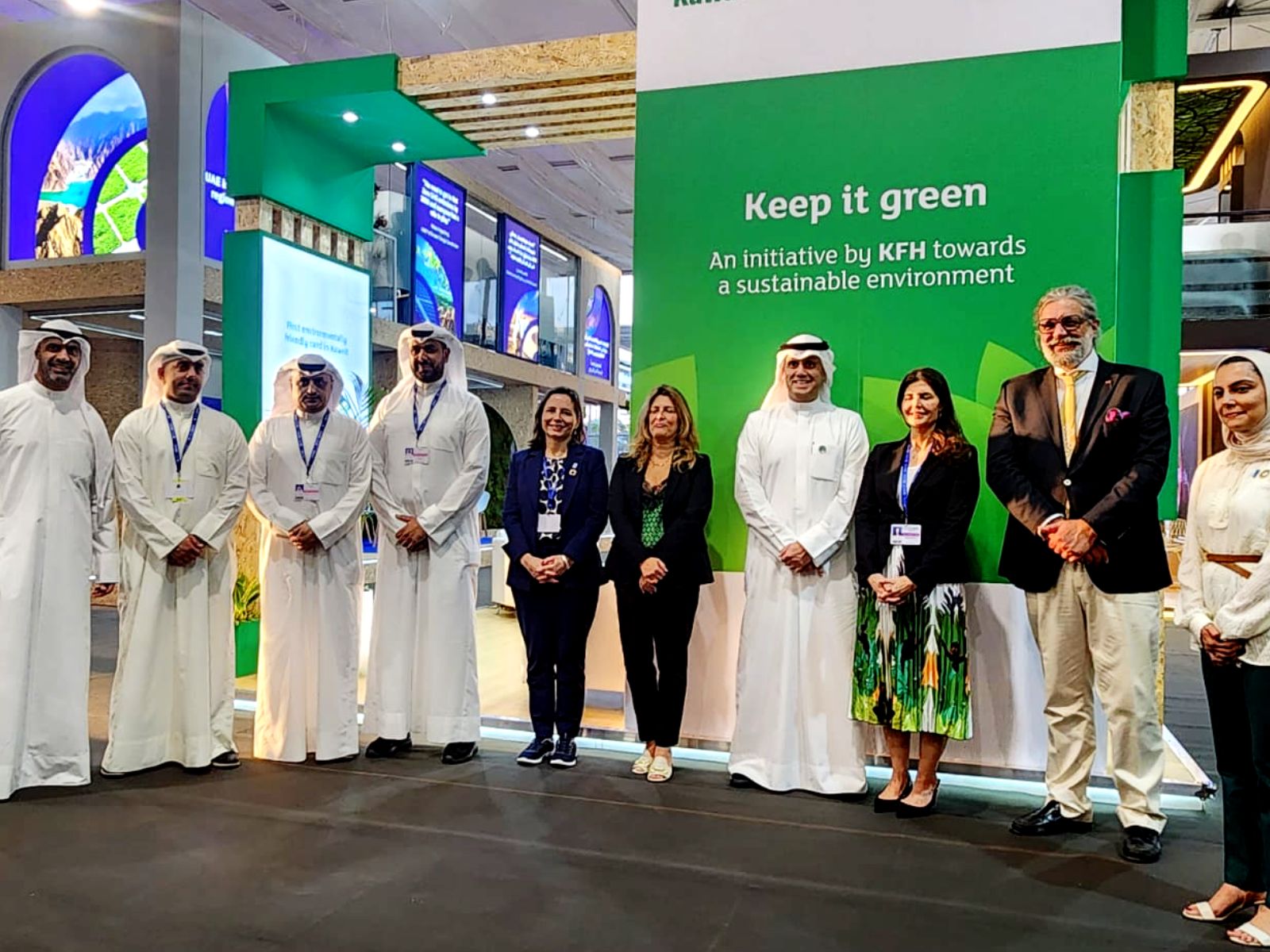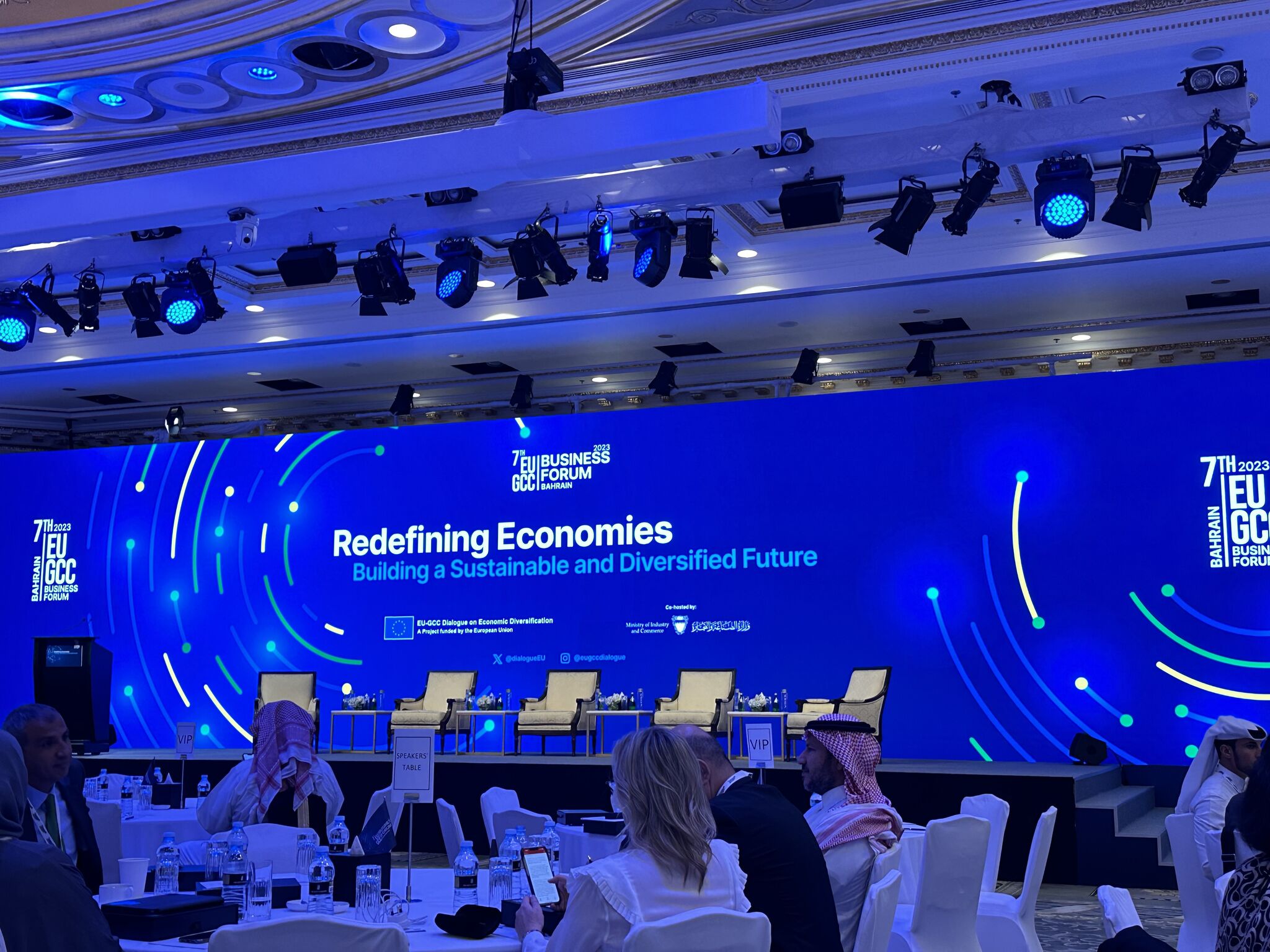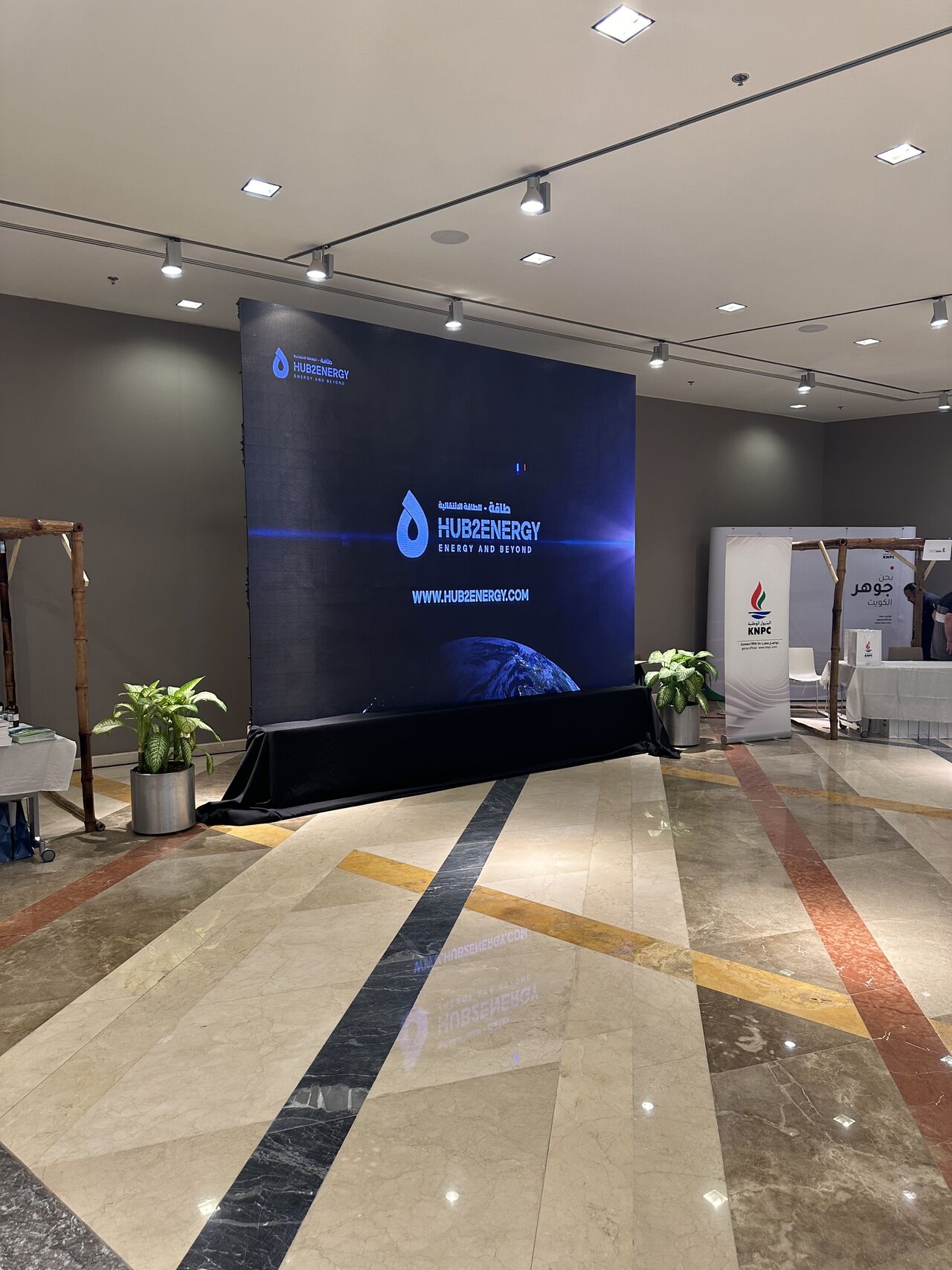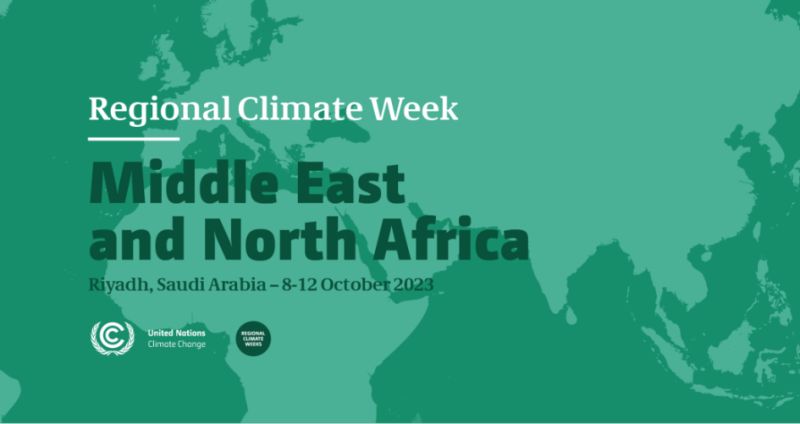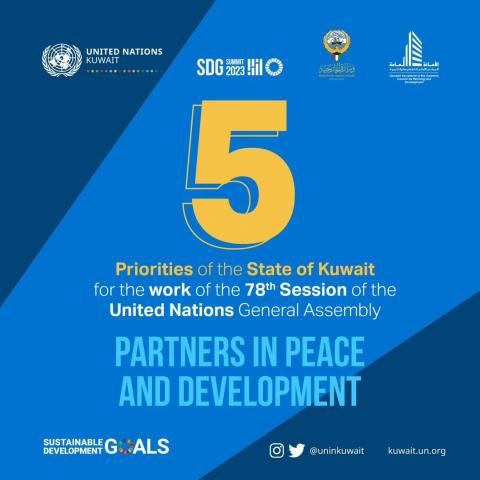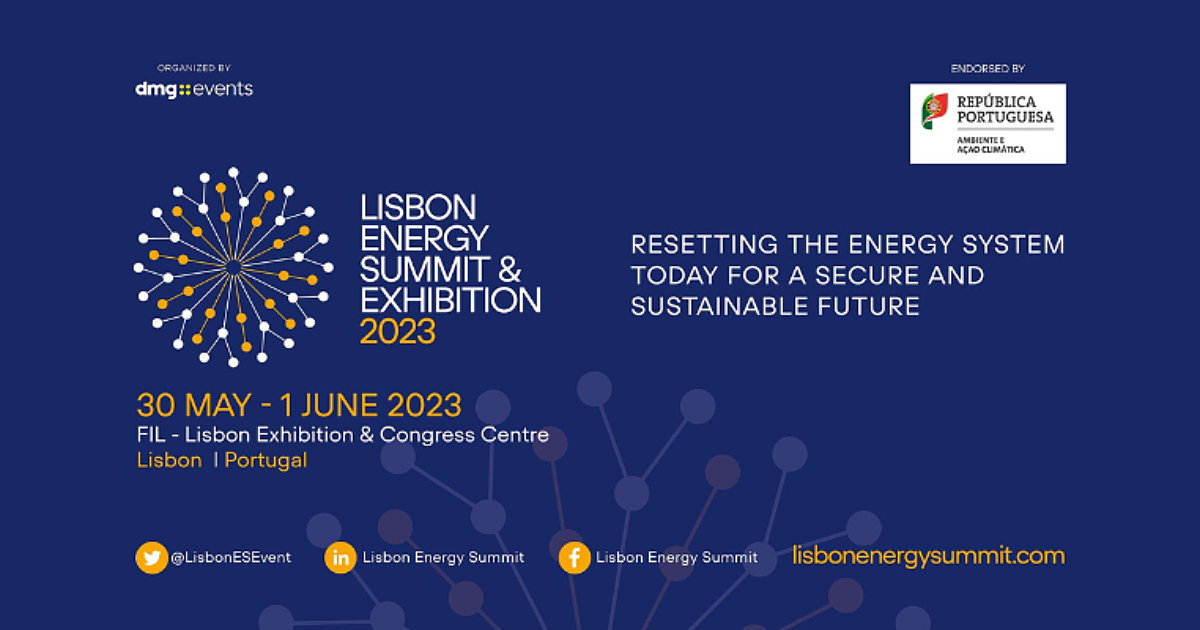Geopolitical Tensions, the EU Hydrogen Bank, and the Future of Energy in MENA Countries. By António Azevedo Campos Co-founder Hub2energy
The global energy
The global energy landscape is undergoing a significant shift, influenced by geopolitical tensions, climate change, and technological advancements. In this context, we highlight the connection between the European Union’s directive to create the EU Hydrogen Bank, the Biden Administration’s Inflation Reduction Act, and the opportunities for Middle East and North Africa (MENA) countries to benefit from these developments. We will explore the prospects and challenges for MENA countries in the global energy transition.
Geopolitical Tensions and Policy Initiatives
The Inflation Reduction Act (IRA) introduced by the Biden Administration seeks to tackle increasing inflation in the United States, potentially indirectly affecting the global economy, including Europe. Such changes can impact international trade, currency values, and investment flows, which may influence energy markets and the demand for alternative energy sources like hydrogen.
The European Commission’s directive to create the EU Hydrogen Bank serves as a strategic response to geopolitical tensions arising from the IRA and Europe’s dependence on Russian fossil fuels. Europe aims to achieve greater energy security and independence through the development of a hydrogen-based energy market, lessening its vulnerability to external political pressures.
MENA in the Global Energy Transition:
In the context of these policy measures, the MENA region can have a crucial impact on shaping global energy markets and potentially partnering in supplying renewable hydrogen to Europe. By investing in renewable energy infrastructure and hydrogen production technologies, MENA countries can diversify their economies, generate new employment opportunities, and establish stronger ties with European nations.
Key MENA Countries:
MENA countries such as the United Arab Emirates (UAE) and Morocco have shown strong commitment and progress in developing their renewable energy sectors, positioning them well to take advantage of the energy transition (International Renewable Energy Agency (IRENA), 2022). Similarly, Saudi Arabia and Oman are investing in renewable energy projects and setting ambitious goals to increase their clean energy shares, contributing to their ability to navigate the global energy shift (International Energy Agency (International Energy Agency (IEA), 2020). Recent data and statistics on renewable energy capacity, investments, and targets in the MENA region indicate an increasing commitment to the energy transition.
Examples of successful renewable energy and hydrogen projects in the region include the Noor Ouarzazate Solar Complex in Morocco, the Mohammed bin Rashid Al Maktoum Solar Park in the UAE, the solar plant in Sudair near Riyadh in Saudi Arabia, and green hydrogen projects in Oman.
For instance, the UAE has set a target of generating 50% of its electricity from clean energy sources by 2050, while Saudi Arabia aims to reach 50% of its electricity from renewables by 2030. These ambitious goals demonstrate the potential for MENA countries to contribute significantly to global renewable energy and hydrogen production.
Successful renewable energy and hydrogen projects in the MENA region:
- Noor Ouarzazate Solar Complex in Morocco: The world’s largest concentrated solar power facility with a 580MW capacity.
- Mohammed bin Rashid Al Maktoum Solar Park in the UAE: The world’s largest single-site solar park based on the Independent Power Producer (IPP) model, with a planned production capacity of 5,000 MW by 2030.
- NEOM: A solar plant in Sudair to the north of Riyadh in Saudi Arabia, one of the largest single-contracted solar PV plants globally, with an installed capacity of 1,500 megawatts. Also, a green hydrogen plant powered by solar and wind energy, producing 660 tons per day of green hydrogen.
- Green hydrogen Oman. Hydrom intends to award land blocks for green hydrogen projects this year, in order to meet the 2030 production target of 1 MTPA of green hydrogen (Hydrom).
A wake-up call for Kuwait:
Kuwait, a Gulf Cooperation Council (GCC) member, holds significant potential for renewable energy development. However, compared to other GCC countries like the UAE and Saudi Arabia, Kuwait’s progress in renewable energy and hydrogen production has been relatively slow.
To diversify its energy sources and reduce fossil fuel dependence, Kuwait must accelerate efforts in renewable energy infrastructure, hydrogen production technologies, and supportive policy and regulatory implementation.
By learning from successful strategies employed by other GCC countries and adapting them to its unique context, Kuwait can enhance its energy security, create new employment opportunities, stimulate economic growth, and establish stronger international partnerships in the renewable energy and hydrogen sectors.
Additionally, Kuwait’s strategic geographical location could be instrumental in the emerging hydrogen market, allowing it to supply renewable hydrogen to Europe and other parts of the world.
Financing Mechanisms for Renewable Energy and Hydrogen Projects in MENA:
According to (International Renewable Energy Agency (IRENA) Global landscape of renewable energy finance 2023)
Global investments in energy transition technologies reached USD 1.3 trillion in 2022, a record high. Yet, the current pace of investment is not sufficient to put the world on track towards meeting climate or socio-economic development goals.
We need to do more and financing is essential for MENA countries looking to invest in renewable energy and hydrogen sectors. Various mechanisms, such as the EU Hydrogen Bank and other international institutions, can support energy transition projects by providing financial assistance. Today Europe hosts over 30% of proposed hydrogen investments globally.
Public-Private Partnerships (PPPs) are crucial in attracting investment and facilitating the development of renewable energy and hydrogen projects in the MENA region.
We need to ensure these investments are innovative, low-carbon, energy-efficient, and resilient to the effects of climate change. (The World Bank, 2022).
Governments can create a favorable environment for private sector investments by establishing clear regulatory frameworks, offering fiscal incentives, and promoting transparency. Private sector entities, in turn, can contribute their expertise, innovation, and financial resources to drive project development and implementation.
International collaboration, facilitated by companies like Energy & Beyond – HUB2ENERGY, is vital in promoting the energy transition in the region. By partnering with developed countries, international organizations, and research institutions, MENA countries can be key players in the development and deployment of renewable energy and hydrogen solutions.
Joint ventures, technology transfer agreements, and capacity-building programs can help bridge knowledge gaps and strengthen local stakeholders’ capabilities, ultimately fostering a sustainable and competitive renewable energy and hydrogen industry in the region.
Financing mechanisms, ensure that the necessary resources are available to support the region’s transition to a more sustainable and secure energy future, playing a crucial role in the process.
Focus Areas for MENA Countries:
The region faces potential challenges in embracing the global energy transition, such as political instability, regulatory barriers, and lack of local expertise. Overcoming these obstacles requires concerted efforts from governments, private sector entities, and international partners to promote a conducive environment for the development and deployment of renewable energy and hydrogen technologies.
To capitalize on the opportunities presented by the global energy transition and build strong relationships with the European Union and the United States, MENA countries should focus on the following aspects:
- Diversification of energy sources
- Infrastructure development
- Policies and regulations
- Education and workforce development
- Regional collaboration
- International partnerships
- Environmental and social considerations
Conclusion:
MENA has the potential to have a positive impact in the context of the Biden Administration’s Inflation Reduction Act and the European Commission’s directive to establish the EU Hydrogen Bank. By leveraging their renewable energy resources and investing in hydrogen production technologies, MENA countries can contribute significantly to the global energy transition and strengthen their economic and geopolitical ties with Europe and the United States.
For a deeper understanding of the European Hydrogen Bank and the implications for MENA countries, it is highly recommended to read the recent “COMMUNICATION FROM THE COMMISSION TO THE EUROPEAN PARLIAMENT, THE COUNCIL, THE EUROPEAN ECONOMIC AND SOCIAL COMMITTEE AND THE COMMITTEE OF THE REGIONS on the European Hydrogen Bank,” published in Brussels on 16th March 2023. (This document provides valuable insights into the EU’s strategic approach to hydrogen development and the opportunities it presents for international collaboration and energy security.)
Embracing the Global Energy Transition MENA Countries can Seize Opportunities and Overcome Challenges in the Renewable Energy and Hydrogen Sectors. (Energy & Beyond – HUB2ENERGY)
As the world moves towards a more sustainable and low-carbon energy future, the role of MENA countries in the renewable energy and hydrogen sectors will become increasingly important. By taking advantage of their vast renewable energy resources, strategic geographic locations, and international partnerships, these countries can create the future of the global energy landscape.
